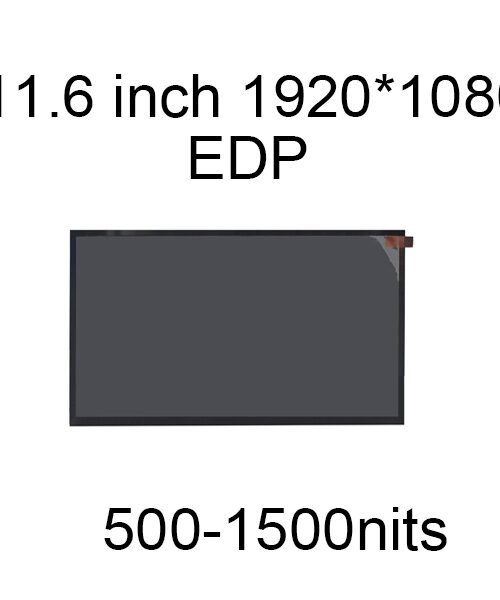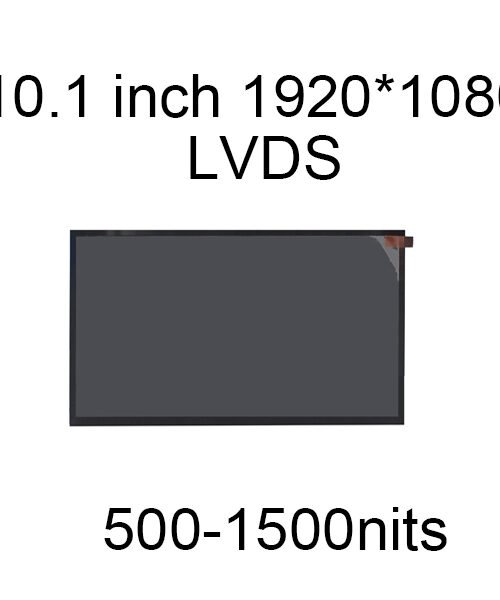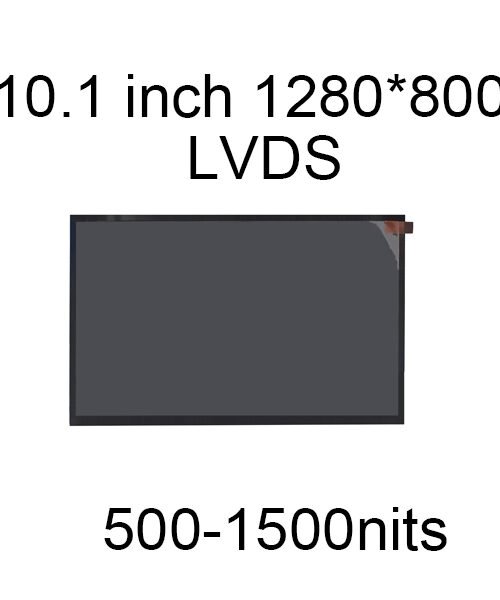Liquid Crystal Displays (LCDs) are a diverse and versatile technology used in a wide range of electronic devices, from smartphones and computer monitors to televisions and industrial displays. There are several types of LCD displays, each with distinct characteristics and applications. The three primary types of LCD displays are Twisted Nematic (TN), In-Plane Switching (IPS), and Vertical Alignment (VA). In this comprehensive guide, we will explore these three main types, their features, advantages, and limitations.
- Twisted Nematic (TN) LCD Displays:
TN LCD displays are one of the earliest and most common types of LCD technology. They are known for their fast response times, cost-effectiveness, and suitability for various applications. However, they also have limitations in terms of viewing angles and color accuracy.
Key Characteristics:
Fast Response Times: TN panels typically offer fast response times, making them well-suited for gaming and applications requiring minimal motion blur.
High Refresh Rates: Many TN panels support high refresh rates, which is desirable for gaming and fast-motion content.
Cost-Effective: TN displays are often more affordable than other LCD technologies, making them popular in budget monitors and laptops.
Narrow Viewing Angles: One of the primary limitations of TN displays is their limited viewing angles. The image quality degrades when viewed from the side or from above/below.
Limited Color Accuracy: TN panels are not known for exceptional color accuracy. They may exhibit color distortion when viewed from non-optimal angles.
Low Color Gamut: The color gamut of TN displays is typically narrower compared to other LCD technologies, which can impact the display of vibrant and accurate colors.
Contrast Ratio: While contrast ratios have improved in modern TN panels, they may not match the levels achieved by some other LCD technologies, such as IPS and VA.
Applications:
Gaming Monitors: The fast response times and high refresh rates of TN displays make them popular choices for gaming monitors, where minimizing motion blur is essential.
Budget Monitors: TN panels are commonly used in budget monitors due to their cost-effectiveness.
Entry-Level Laptops: Some entry-level laptops feature TN displays to keep costs down.
- In-Plane Switching (IPS) LCD Displays:
IPS displays are widely recognized for their superior color accuracy, wide viewing angles, and overall high-quality image reproduction. They have become the standard for high-end monitors, professional displays, and premium smartphones.
Key Characteristics:
Superior Color Accuracy: IPS displays are known for their excellent color accuracy and the ability to render a wide color gamut, making them ideal for applications requiring precise color reproduction.
Wide Viewing Angles: IPS panels offer wide viewing angles with consistent image quality, making them suitable for multi-user environments and professional applications.
Consistent Brightness and Color: IPS displays maintain consistent brightness and color quality across the screen, ensuring that images look accurate from various viewing positions.
High Resolution: IPS displays are often used in high-resolution monitors, where color accuracy and sharp image quality are critical.
Slower Response Times: While IPS technology has improved in this regard, it may still exhibit slightly slower response times compared to TN panels.
Higher Power Consumption: IPS displays can consume more power than other LCD technologies due to their design and higher brightness levels.
Applications:
Professional Displays: IPS displays are commonly used in professional monitors for graphic design, video editing, and other color-critical applications.
Photography and Video Editing: The color accuracy and wide viewing angles of IPS displays make them ideal for photo and video editing.
Premium Smartphones and Tablets: Many high-end smartphones and tablets use IPS displays to deliver superior color quality.
Laptops and Ultrabooks: Some premium laptops and ultrabooks feature IPS displays for enhanced viewing experiences.
- Vertical Alignment (VA) LCD Displays:
Vertical Alignment displays, often referred to as VA displays, are known for their strong contrast ratios, deep blacks, and good overall color performance. They strike a balance between TN and IPS panels in terms of price and performance.
Key Characteristics:
High Contrast Ratios: VA displays offer high contrast ratios, producing deep blacks and vivid images. This is particularly advantageous for home theater and multimedia applications.
Good Color Reproduction: VA panels provide good color reproduction, though they may not match the color accuracy of IPS displays.
Wider Viewing Angles: VA displays have wider viewing angles compared to TN panels, but they may not be as wide as IPS displays. However, the viewing angles are generally sufficient for most use cases.
Moderate Response Times: VA displays typically offer response times that are moderate, suitable for gaming and multimedia content.
Price-Performance Balance: VA displays offer a balance between the cost-effectiveness of TN panels and the superior color performance of IPS displays.
Applications:
Home Theater Displays: VA panels are commonly used in televisions and home theater displays due to their high contrast ratios and deep blacks.
Gaming Monitors: VA displays are also used in gaming monitors where a balance of performance and image quality is desired.
General-Purpose Monitors: Some general-purpose monitors, including those used for productivity and entertainment, feature VA panels.
Conclusion:
The choice between Twisted Nematic (TN), In-Plane Switching (IPS), and Vertical Alignment (VA) LCD displays depends on your specific needs and priorities:
TN Displays are suitable for gaming and budget-conscious users who prioritize fast response times and high refresh rates over viewing angles and color accuracy.
IPS Displays are ideal for applications requiring excellent color accuracy, wide viewing angles, and consistent image quality, such as professional graphic design, photo editing, and premium smartphones.
VA Displays strike a balance between cost, contrast ratios, and color reproduction, making them suitable for home theater displays and general-purpose monitors.
Ultimately, your choice should align with the intended application and your personal preferences. It’s essential to consider factors such as the type of content you’ll be working with, your budget, and the viewing environment when selecting an LCD display type.







